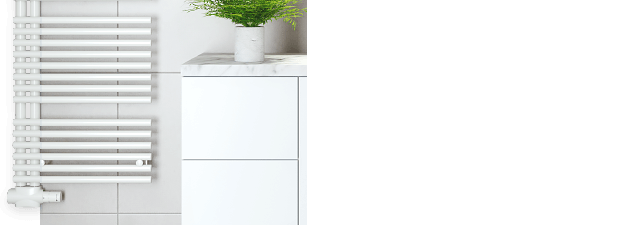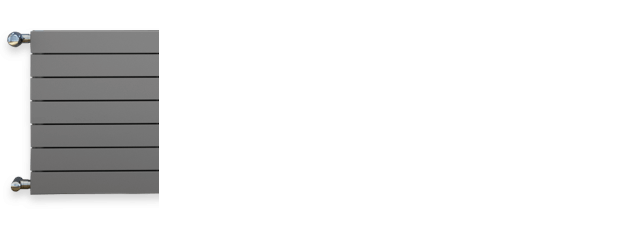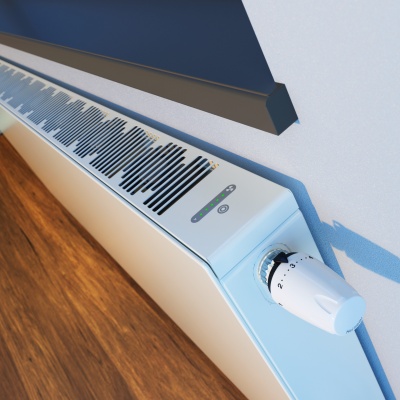How to Bleed a Radiator – Step-by-Step Guide for Homeowners
24. 10. 2024
Why Bleeding Your Radiator Matters
If your radiator is cold at the top but warm at the bottom, it may be holding trapped air—reducing its efficiency and raising your energy bills. Bleeding your radiator is a simple task any homeowner or tenant can do with just a few tools. This guide walks you through the process whether you live in a single-family home or an apartment.
How to Bleed a Radiator in a House
- Turn off the circulation pump
Shut off your heating system and allow it to cool for at least 30–60 minutes. All radiators should be off and cool to the touch. - Find the bleed valve
It's typically located at the top corner of the radiator and has a square or slotted head.
- Prepare the area
Place a towel or container underneath the valve to catch any escaping water. - Open the valve slowly
Use a radiator bleed key or flat-head screwdriver. Turn the valve counterclockwise. You’ll hear a hissing sound as air escapes. - Wait for water to flow
As soon as a steady stream of water comes out (no more air), close the valve tightly. - Repeat for other radiators
Work your way through each radiator in the home. - Check boiler pressure
After bleeding, check the system pressure on your boiler. Top up the water if needed, then restart the circulation pump.
Bleeding Radiators in an Apartment
- Notify your building superintendent or property manager before starting.
- Allow the system to cool completely.
- Start with radiators on the highest floor and work your way down.
- Use a cloth and radiator key to open each valve gently.
- Once done, inform management—they may need to refill or repressurize the system.
Signs Your Radiator Needs Bleeding
- Cold at the top, warm at the bottom
- Gurgling, bubbling, or hissing sounds
- Uneven heating
- Reduced heating performance
- Sudden spike in energy usage
When to Bleed a Radiator
- At the start of the heating season (typically September or October)
- After a repair or system refill
- If the radiator hasn’t been used for a while
- Anytime you hear unusual sounds or experience uneven heat
Pro Tip:
To keep your heating system running efficiently, bleed your radiators at least once a year, ideally before the cold season starts.
If you're unsure or face any issues, don’t hesitate to contact a licensed HVAC technician or heating specialist.




